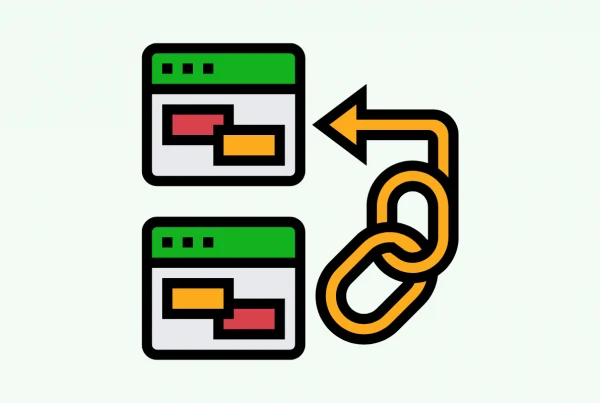Balancing personalization and privacy in e-commerce: You can have both
Estimated reading time: 4 minutes

In the world of conversion rate optimization (CRO), two topics continue to dominate the conversation: personalization and privacy. On the surface, they might seem like opposing forces: one requiring user data to tailor experiences, the other safeguarding that very data. But here’s the truth: personalization and privacy don’t need to compete. In fact, the best e-commerce strategies find a way to make them work together.
Let’s clear something up right away: you can absolutely personalize without compromising privacy. Smart personalization doesn’t mean collecting everything about a user and sharing it. It means using data in a secure, ethical, and efficient way to create experiences that are relevant and valuable.
Multiple studies have shown that users expect personalized experiences, and they enjoy them. Personalized content, product recommendations, and tailored browsing paths improve user engagement and drive conversions. People want their shopping experience to feel like it was designed for them.
But personalization doesn’t have to be loud or invasive. It’s not about overwhelming users with popups, banners, or forced logins. Often, it’s about subtle tweaks that align with each user’s intent and behavior.
For example:
- Enlarging product photos for users who have shown interest in visual design.
- Highlighting feature comparisons higher up the page for users who are actively evaluating products.
- Showing products tailored to a visitor’s browsing history or traffic source (e.g., different layouts for users coming from Google Shopping vs. organic search).
These are the kinds of personalized changes that make users feel seen without making them feel watched.
What about privacy?
Here’s the key: good personalization doesn’t mean broadcasting user data. Yes, some level of data is necessary to personalize experiences. But there’s no reason to share that data outside your platform or use it inappropriately.
Modern personalization models are designed to respect privacy. They process user interactions to understand behavior, but they don’t store or expose sensitive personal information. The data stays where it should, secure, anonymized, and purpose-driven.
At Verbolia, for example, we believe in privacy-first personalization. Our CRO solution (Vmax) adapts product pages in real time based on user profiles and behavior without ever compromising user privacy. You get tailored UX, better conversions, and your users feel safe and respected.
The future is privacy-conscious personalization
Personalization and privacy aren’t just compatible, they’re inseparable. Users expect personalized experiences but also demand transparency and control over their data. The brands that succeed will be those that combine both, creating seamless experiences without sacrificing trust.
So the next time someone asks if personalization compromises privacy, remind them: it doesn’t have to. You can, and should, do both.
Want to learn how Verbolia helps leading e-commerce brands balance personalization and privacy with our CRO solution, Vmax? Get in touch with us.
About The Author
How can Verbolia help your e-commerce platform.


